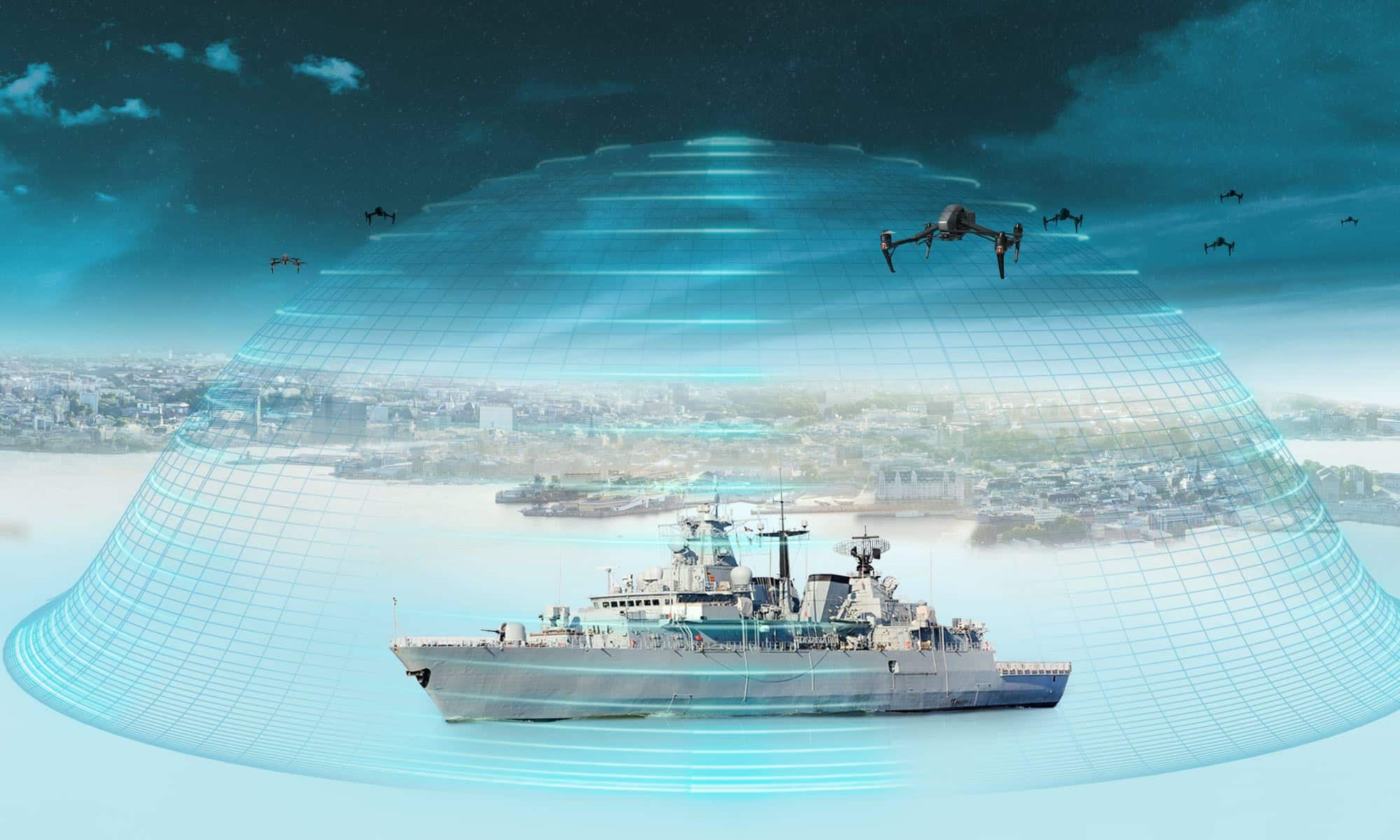The proliferation of such technology introduces new and evolving threats, demonstrating the pressing need for C-UAS measures.
According to an article recently published in The Japan Times, the use of unmanned systems is witnessing exponential growth among Indo-Pacific navies. This surge is driven by digital technologies, communications, and artificial intelligence (AI) advancements. Olli Suorsa, an assistant professor for homeland security at Rabdan Academy in Abu Dhabi, confirms this emerging trend, which brings significant implications for maritime warfare in the region and emphasises the urgent need for robust counter-unmanned aerial system (C-UAS) measures. While the adoption of unmanned systems is an overarching trend across the region, the pace and nature of adoption vary due to differing naval requirements and operating environments. Unmanned aerial drones, in both rotary- and fixed-wing forms, are currently the most common type deployed. Primarily utilised for enhancing intelligence, surveillance, reconnaissance, and targeting capabilities, these drones significantly expand maritime domain awareness, enabling navies and coastguards to monitor vast areas simultaneously.
The use of drones showcases the region’s growing reliance on these advanced technologies. These systems, with their superior surveillance capacities, are instrumental in achieving comprehensive monitoring of expansive maritime zones.
Unmanned surface and underwater systems form another vital category of naval drones. Deployed for surveillance, targeting, logistics, electronic warfare, mine countermeasures, and anti-submarine warfare operations, these systems bring a new layer of complexity to maritime warfare.
The integration of drone technology into naval forces offers several advantages, such as enhanced reconnaissance capabilities, improved strike precision, and reduced risks to military personnel. On the downside, the widespread adoption of this technology also brings new and evolving threats, highlighting the pressing need for effective C-UAS measures.
C-UAS technologies are essential in modern naval warfare as they provide the means to detect, track, and neutralise hostile drones, mitigating the risks these unmanned systems can pose. Given the increasing deployment of naval drones in geopolitical hotspots such as the South China Sea, the Taiwan Strait, and the Korean Peninsula, the development and implementation of effective C-UAS strategies become even more critical.
In a world where both state and non-state actors have access to advanced drone technologies, the importance of C-UAS cannot be overstated. The proliferation of naval drones in the Asia-Pacific region is a clear indication of the necessity for robust countermeasures. Addressing this challenge will require a cooperative and proactive approach from all stakeholders in the region, encompassing the development of new technologies, strategic planning, and international cooperation.








